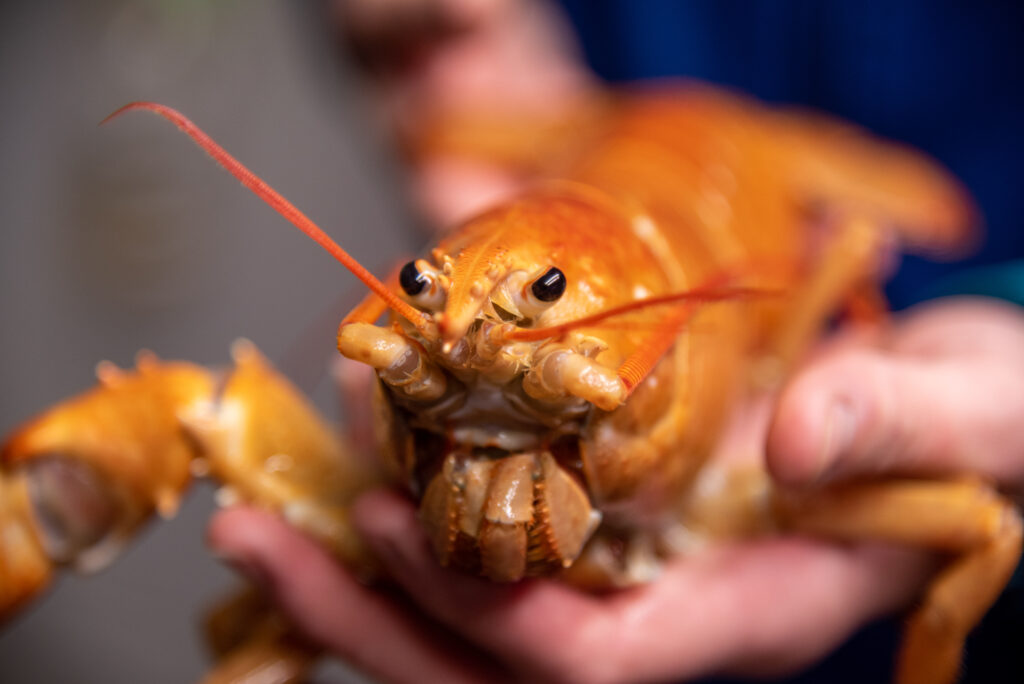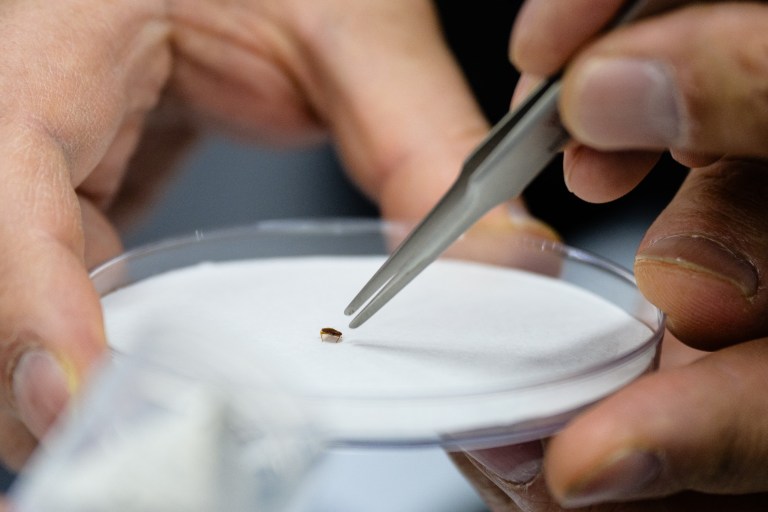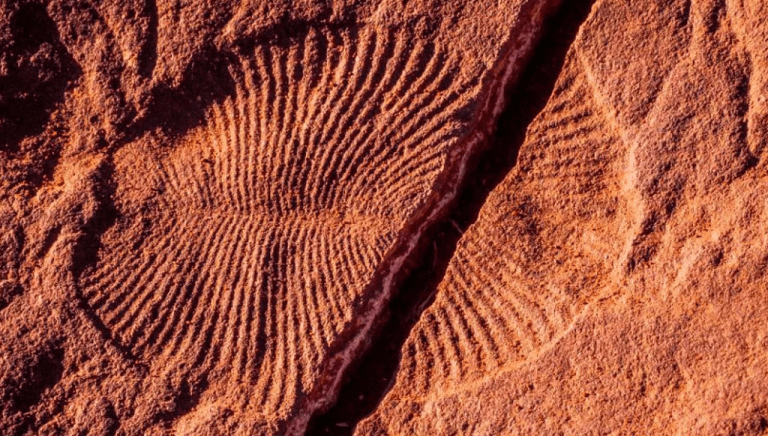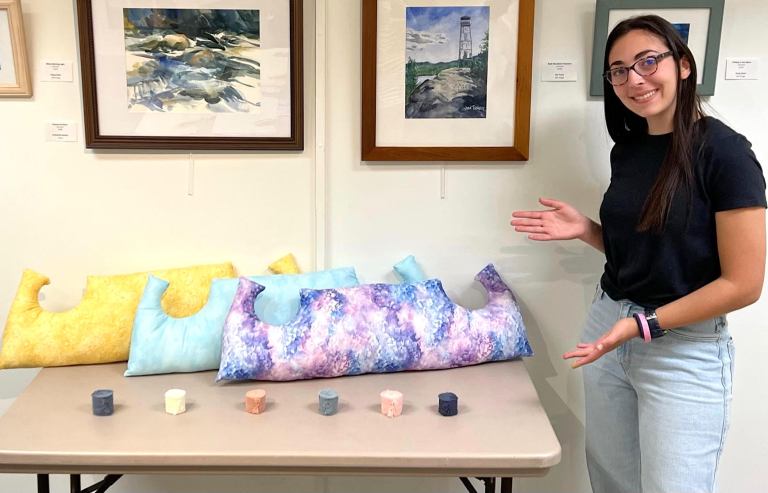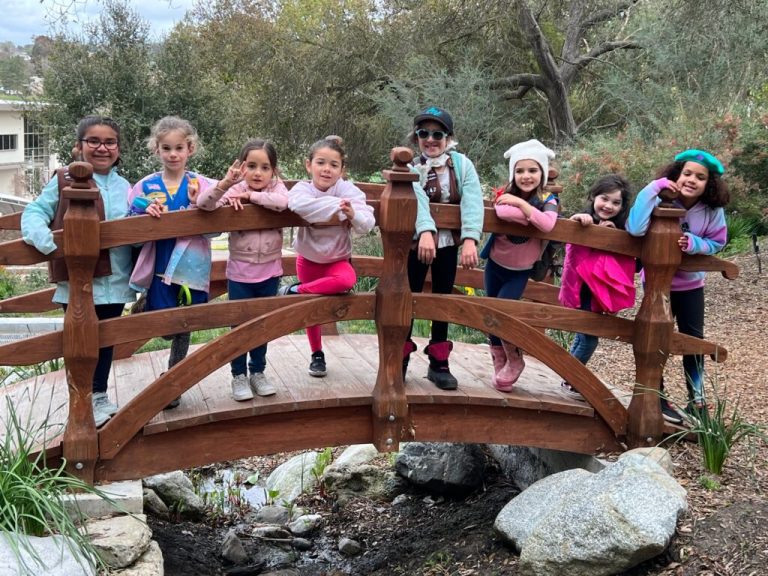The University of New England has welcomed a special newcomer to its campus, but not one that will be living in the dormitories. An incredibly rare, bright orange lobster joined other multicolored crustaceans housed at the institution’s Arthur P. Girard Marine Science Center on June 5.
Sporting just one claw (it likely lost the other in a scuffle with another sea creature), the animal has yet to be named, but its new roommates include a Calico lobster named Sprinkles and a yellow one named Banana, so we’re sure the moniker will be well worth the wait. The female invertebrate was donated to the center by a lucky fishing crew who caught it off the coast of Maine — the odds of catching an orange lobster are about 1 in 30 million, per a press release from UNE.

Lobsters have long been studied at the university, which partners with organizations like the National Science Foundation and Bigelow Laboratory for Ocean Sciences on research projects, outreach, and education. The new addition provides extra opportunities for learning due to its missing claw: Scientists plan to track the limb’s regrowth in real time, something they’ve only done with one other lobster.
“Rare lobsters, like this brilliant orange one caught by Turner’s Lobsters, are excellent ambassadors for education because they spark so much curiosity,” Lindsay Forrette, lab coordinator and chemical hygiene officer in UNE’s School of Marine and Environmental Programs, said in the release. “Sharing these amazing animals with our students and visitors is a special opportunity that wouldn’t be possible without the Maine lobstering community all along the coast.”

Another orange lobster made the news last year, when it was spared from being turned into dinner at a Red Lobster restaurant in Florida after workers noticed its striking coloring. Dubbed “Cheddar,” it was donated to Ripley’s Aquarium of Myrtle Beach.
“We are grateful that Red Lobster’s Team recognized the significance of such a rarity and hope to spread crustacean conservation with guests from around the world for years to come,” the aquarium said in a statement to CNN at the time.
Charles Tilburg, the academic director of the School of Marine and Environmental Programs and director of the Marine Science Center, explained in the UNE release that the newly donated lobster’s bright orange hue is likely a result of genetic and environmental factors.
“The presence of these lobsters at UNE allows our students to study the effects of both genetics and diet on the color of the lobsters’ shells,” he shared. “Our students will now have real-life examples of these complex phenomena that are exciting, fascinating, and educational.”
RELATED: A 27-Year-Old Llama Sets World Record for Oldest of His Species — And He Has the Best Name
